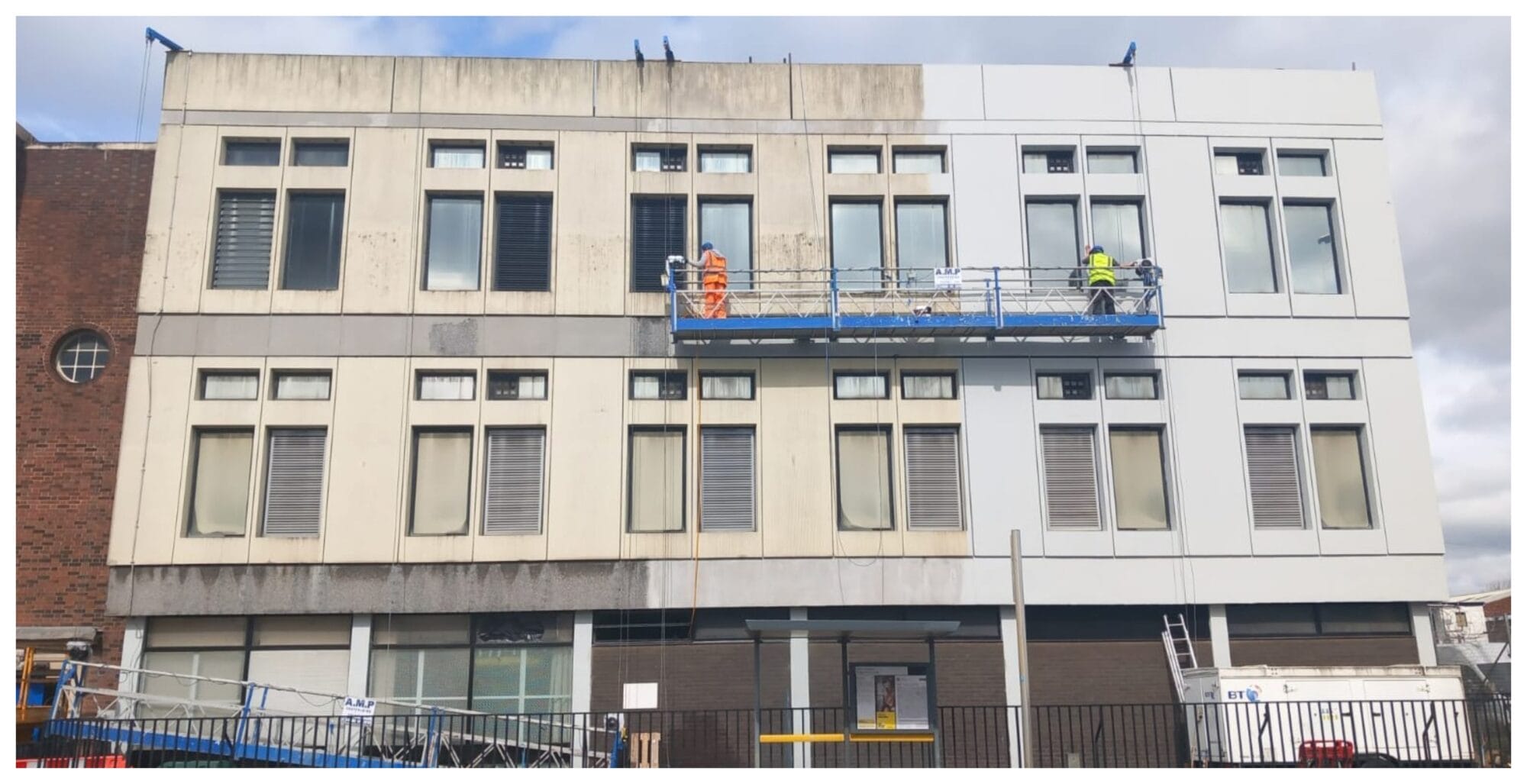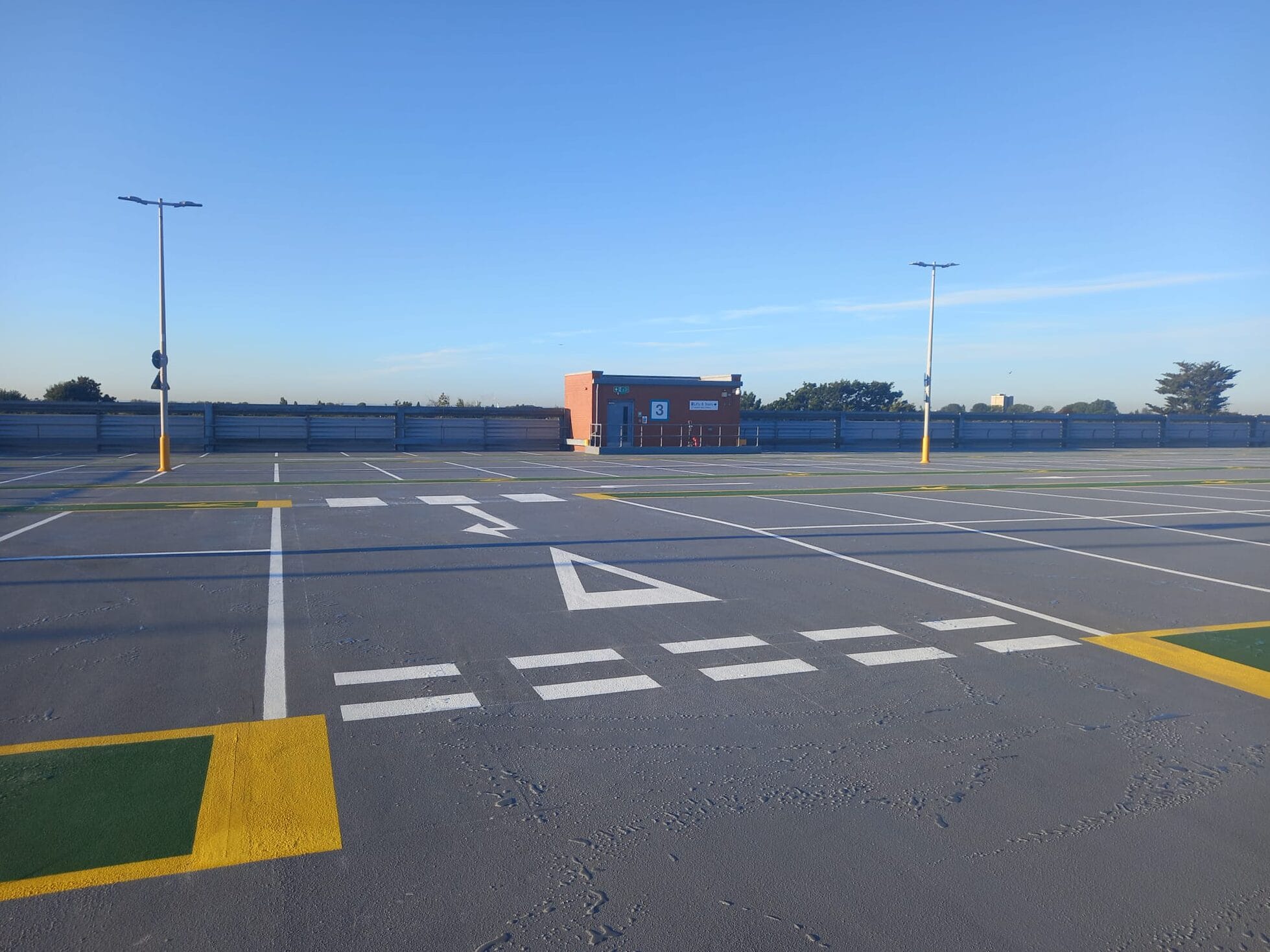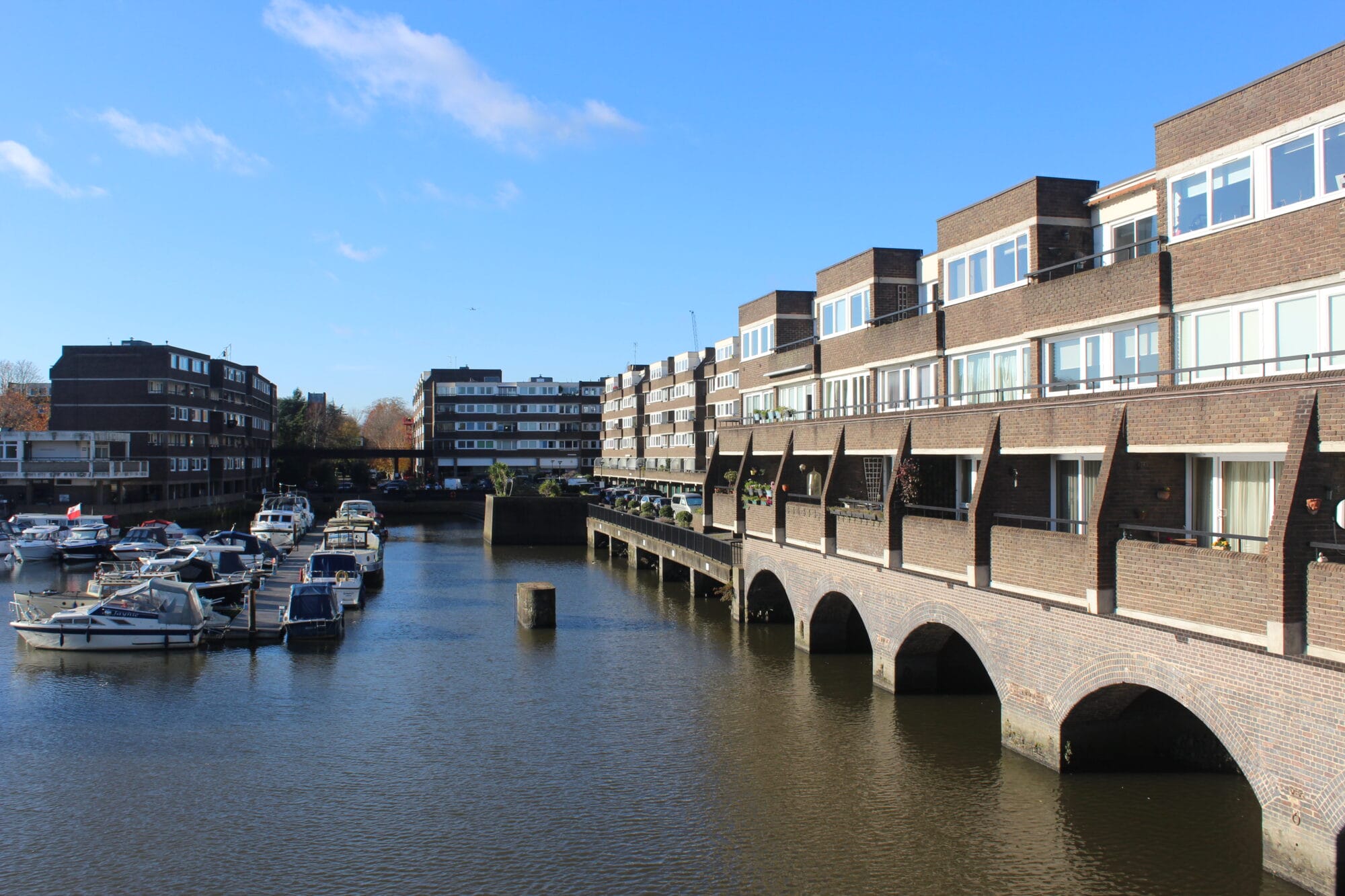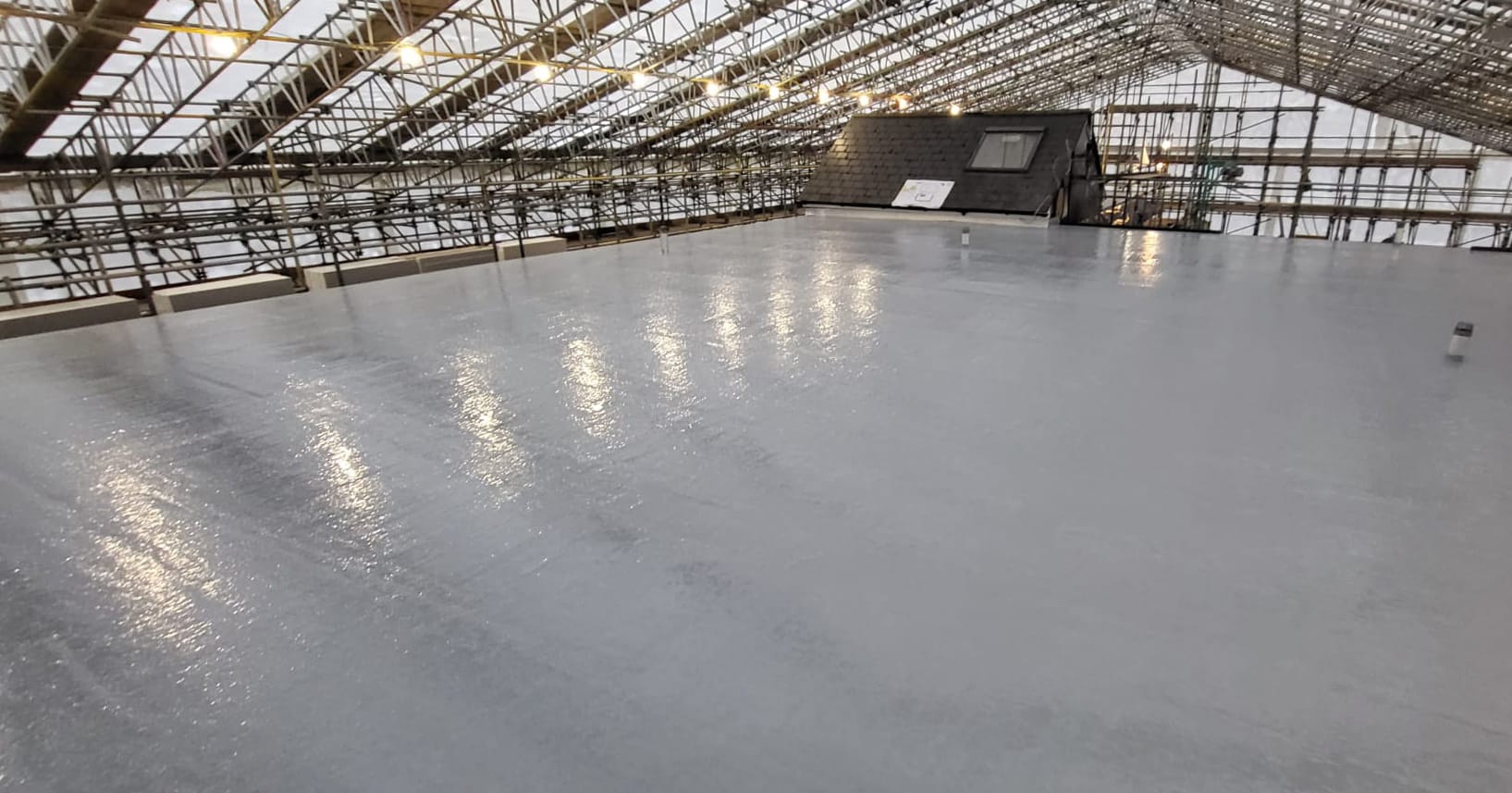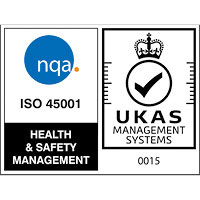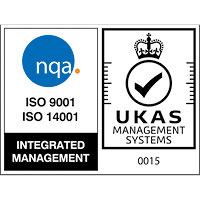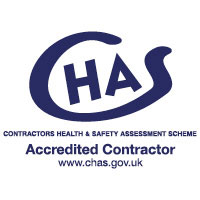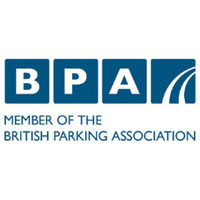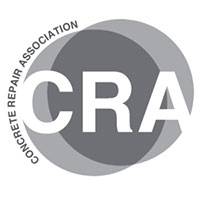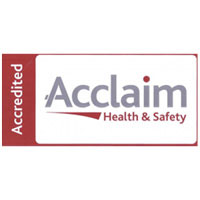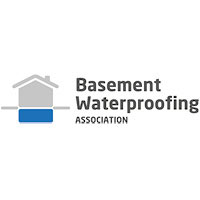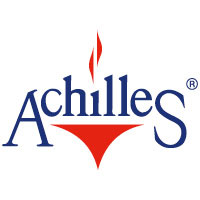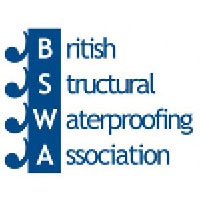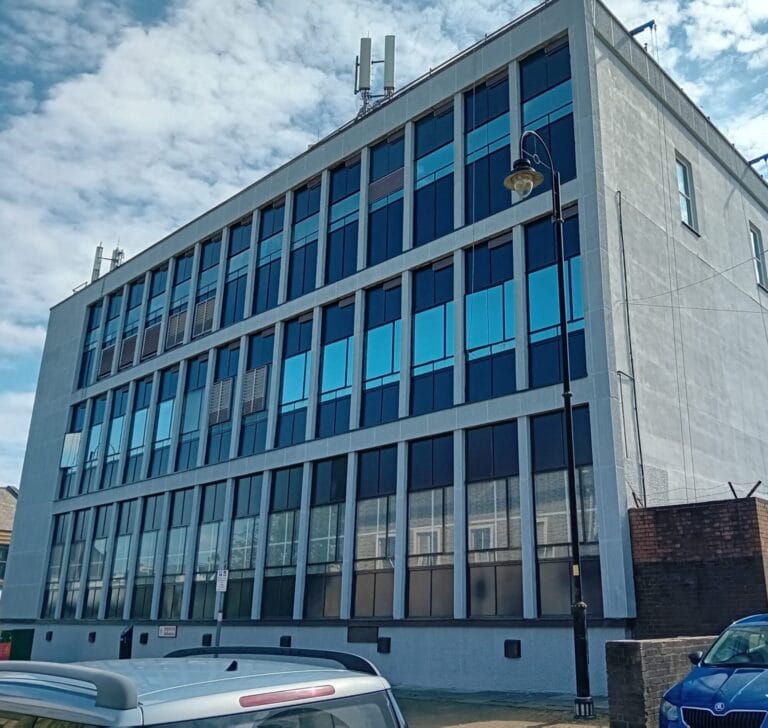
Client: CBRE
Role: Principal Contractor
Scope
- Asbestos Removal
- Concrete Repair
- Corrosion Inhibitor
Anti-Carbonation Coatings
Multifaceted Access Solution - External Redecoration
Details
-
- Deployed a multi-access systems using mobile towers, MEWPs and suspended cradle access
Significant concrete spalling and degradation repaired using the Sika Monotop Range
>450m2 protected with corrosion inhibitor Sika Ferrogard 903+ - Columns, beams and façade protected with anti-carbonation coatings
- Deployed a multi-access systems using mobile towers, MEWPs and suspended cradle access
BT’s Automatic Telephone Exchange (ATE) building in Accrington’s city centre underwent a meticulously planned refurbishment to safeguard its structural integrity and modernise its external appearance.
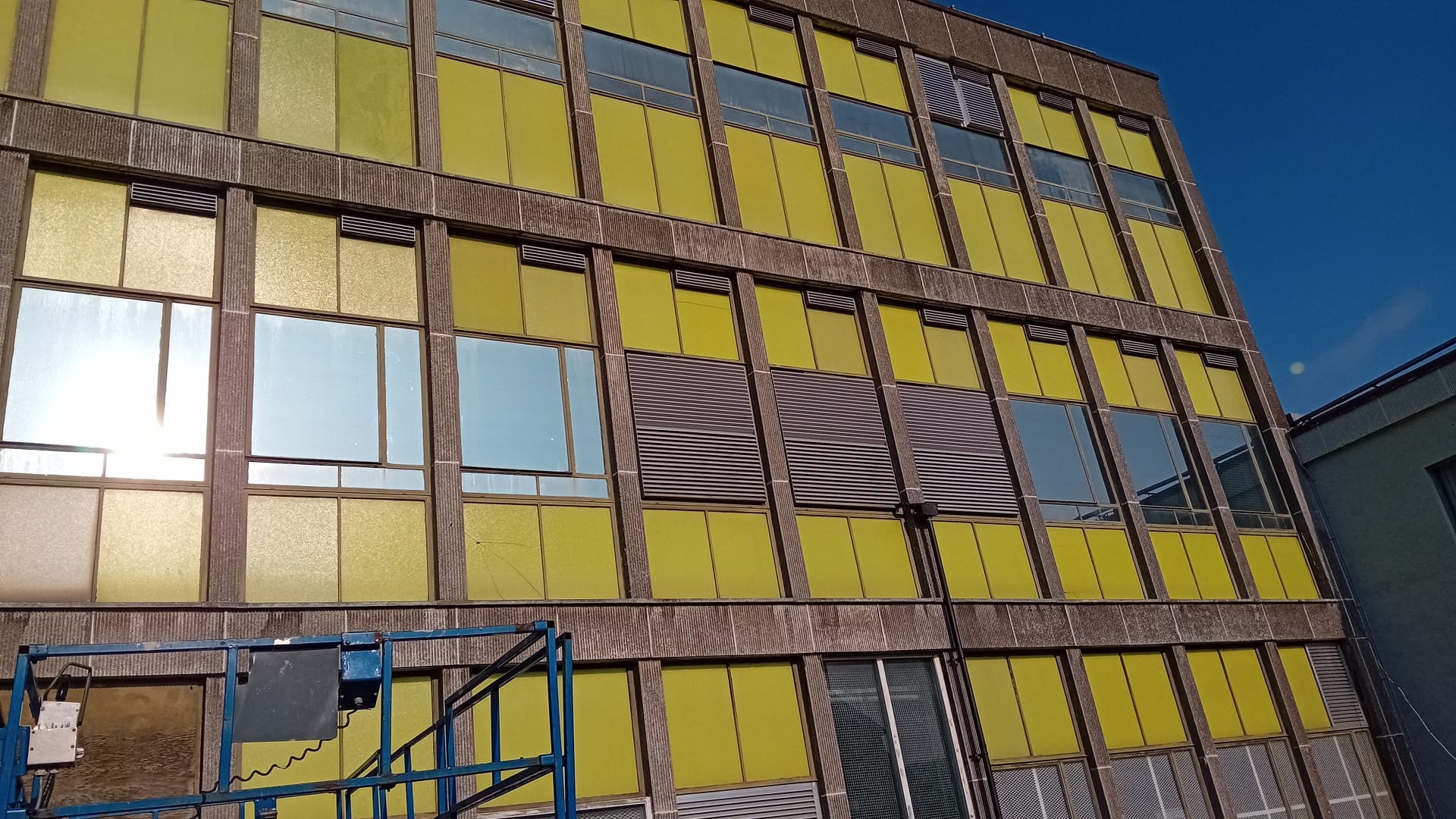
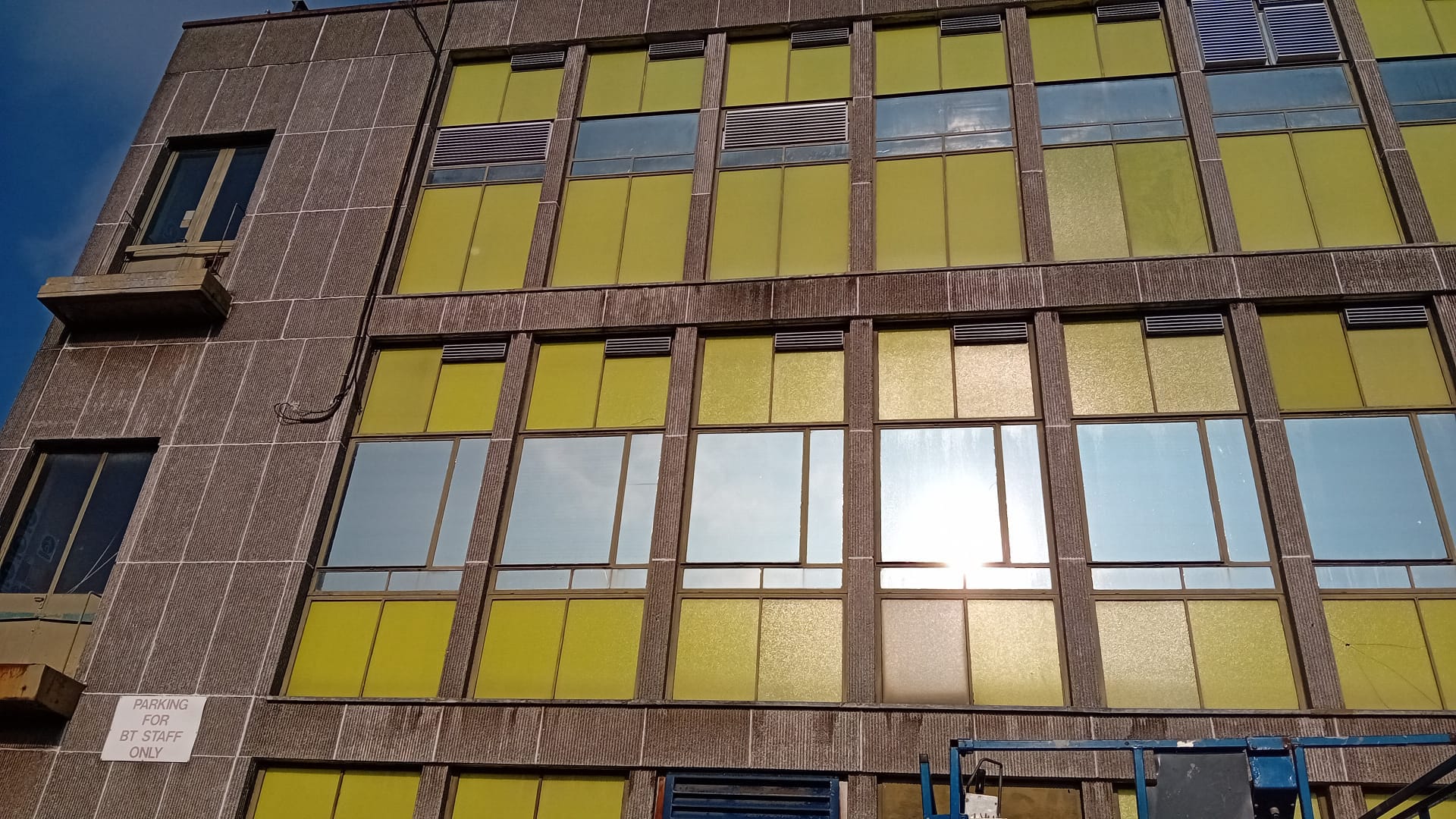
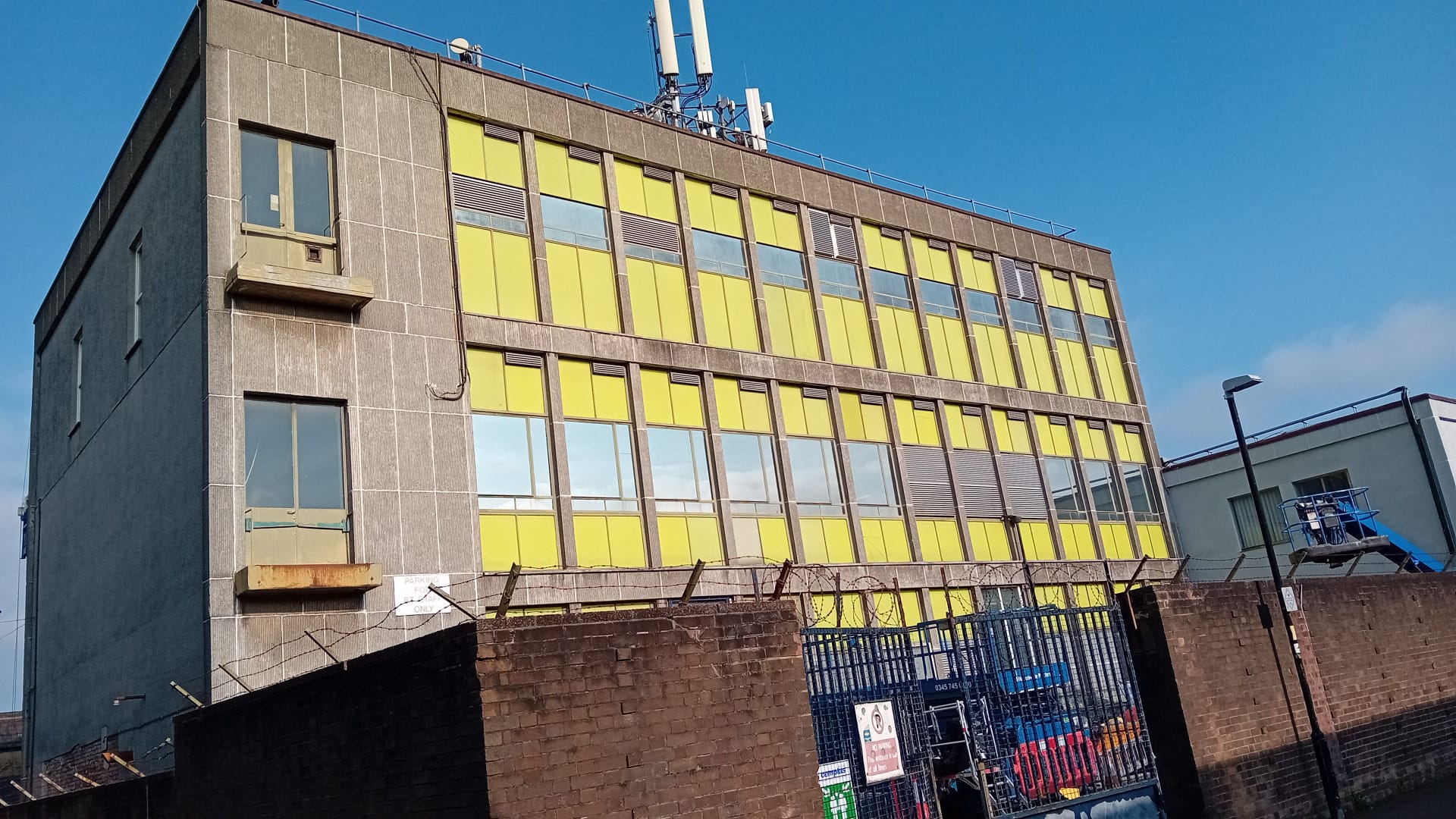
Over time, the structure’s concrete elements – columns, beams, fasciae and pre-cast aggregate – had deteriorated significantly, with widespread spalling caused by prolonged exposure to moisture and environmental pollutants. A further problem was the aged and weather-beaten façade, which necessitated a comprehensive intervention to both restore functionality and enhance the aesthetic appeal.
The refurbishment was carefully scheduled as a 12-week project, balancing technical precision with minimal disruption to the surrounding urban environment. The building would remain operational for the duration of the works and with its location in a densely populated city centre, pedestrian safety and operational efficiency were prioritised.
Full scaffolding, while a traditional choice, would have been costly and impractical in a confined space. Instead, a multifaceted access strategy was implemented, incorporating low-level alloy mobile towers for ground-level tasks, MEWP’s such as scissor lifts and cherry pickers for mid-height works and specialist suspended access cradles to navigate difficult elevations. This approach ensured smooth operations and uninterrupted access while work was underway.
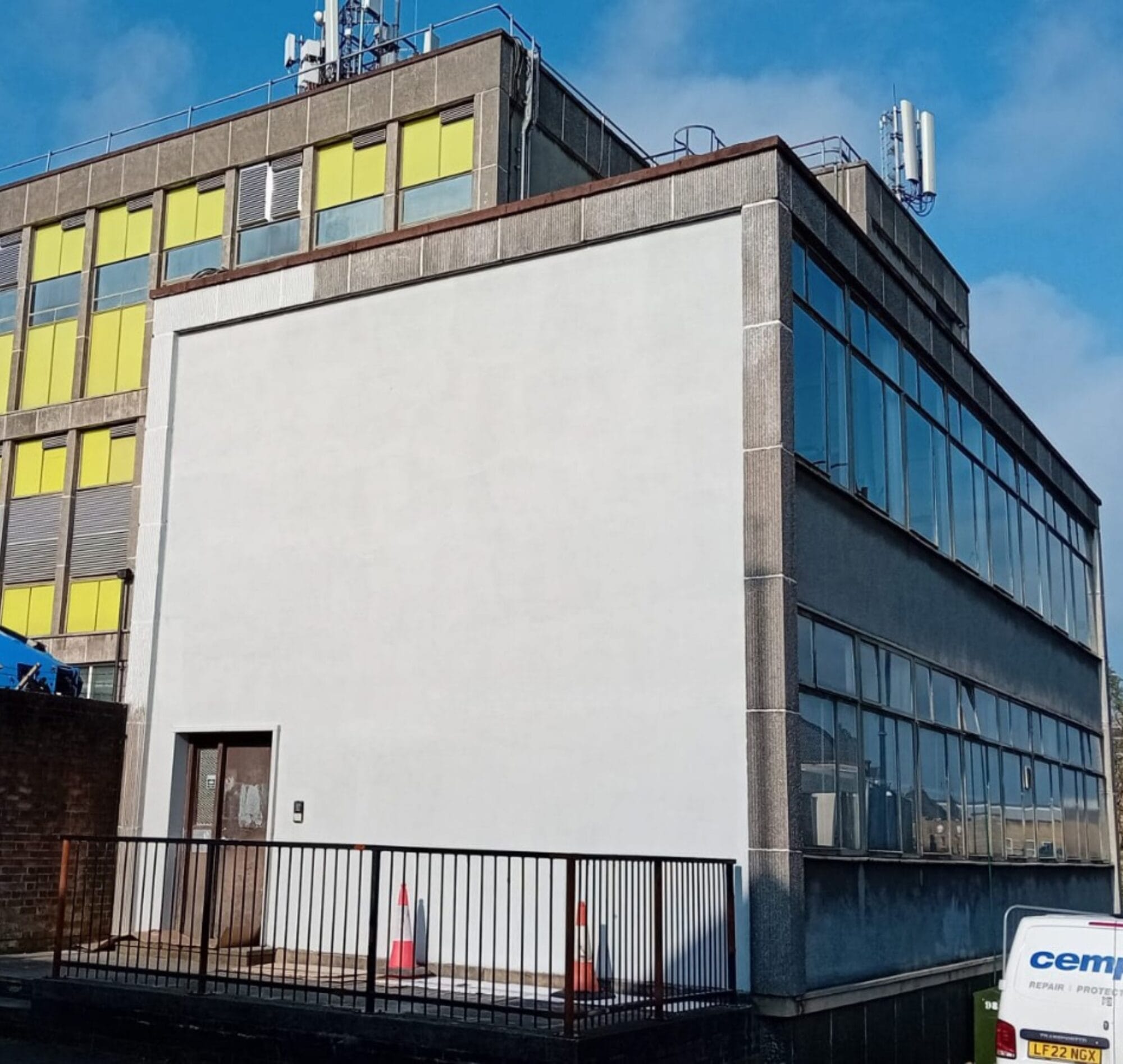
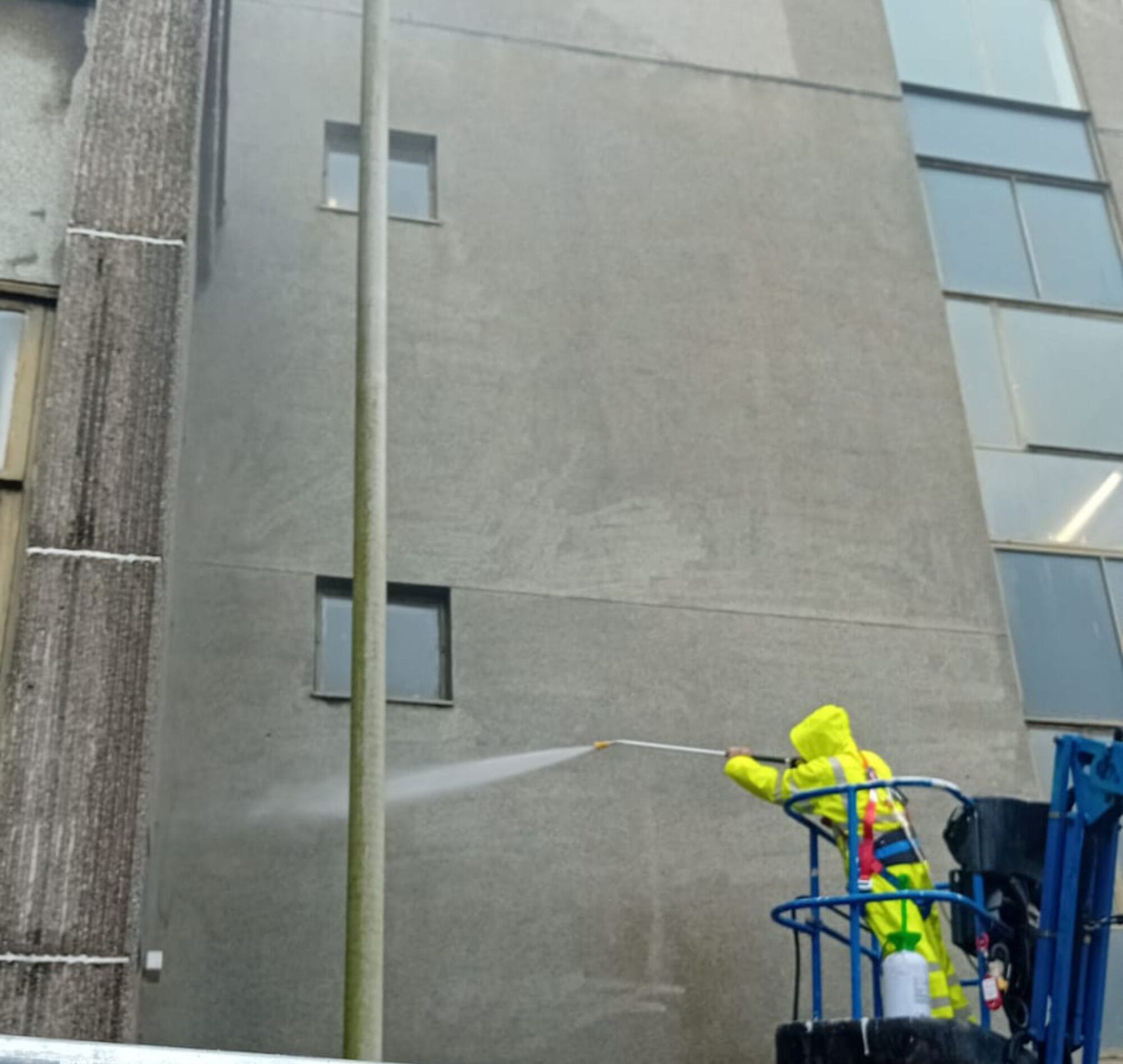
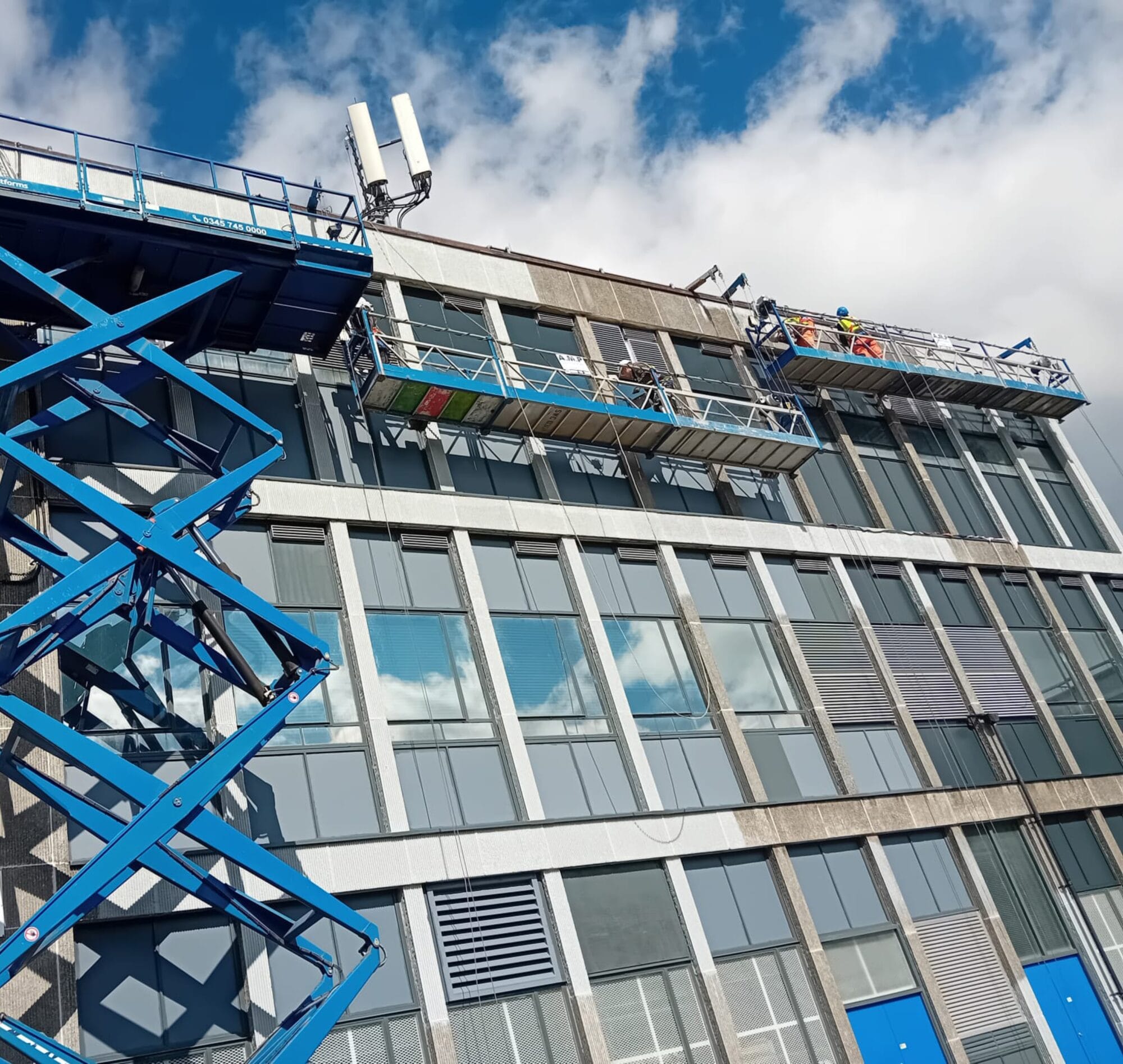
A crucial early phase of the project focused on the safe and systematic removal of asbestos-containing materials, ensuring full compliance with health and safety regulations. Careful planning and execution were essential to mitigate any risks to the buildings occupants while maintaining structural integrity throughout the process. Following the asbestos removal, the concrete restoration phase began with the application of Sika Monotop 615 and 1010 mortars, selected for their exceptional applied, adhesion, mechanical strength and resistance to carbonation, all of which are critical factors in ensuring the longevity of reinforced concrete structures. To achieve a consistent substrate finish an additional surface protection fairing coat was applied, enhancing durability and aesthetic uniformity.
Due to the long-term challenges associated with exposed concrete, a targeted corrosion prevention strategy was implemented. To actively prevent further deterioration of the steel reinforcement a corrosion inhibitor was selected. Sika Ferrogard 903+ was chosen for its effectiveness and applied to 450m2, helping to extend the structures lifespan. To further enhance resilience, an anti-carbonation coating was applied over the same area across all four elevations, forming a protective barrier against CO2 ingress and moisture, both of which contribute to reinforcement corrosion over time.
This strategic combination of materials and protective treatments ensured the structures long-term durability. With the structural rehabilitation complete, attention turned to the visual enhancement. All four elevations of the building underwent extensive redecoration, with metal-framed windows, spandrel panels, doors and frames meticulously repainted. Thoughtful colour selections ensured that the buildings renewed façade aligned with BT’s modern branding while representing its architectural heritage.
Delivered on time and within scope, this project exemplifies the benefits of proactive infrastructure maintenance and strategic refurbishment. By implementing adaptive access methods, high-performance materials and expert planning, this structure was successfully revitalised, demonstrating the critical role of precise engineering solutions in sustaining essential urban areas.
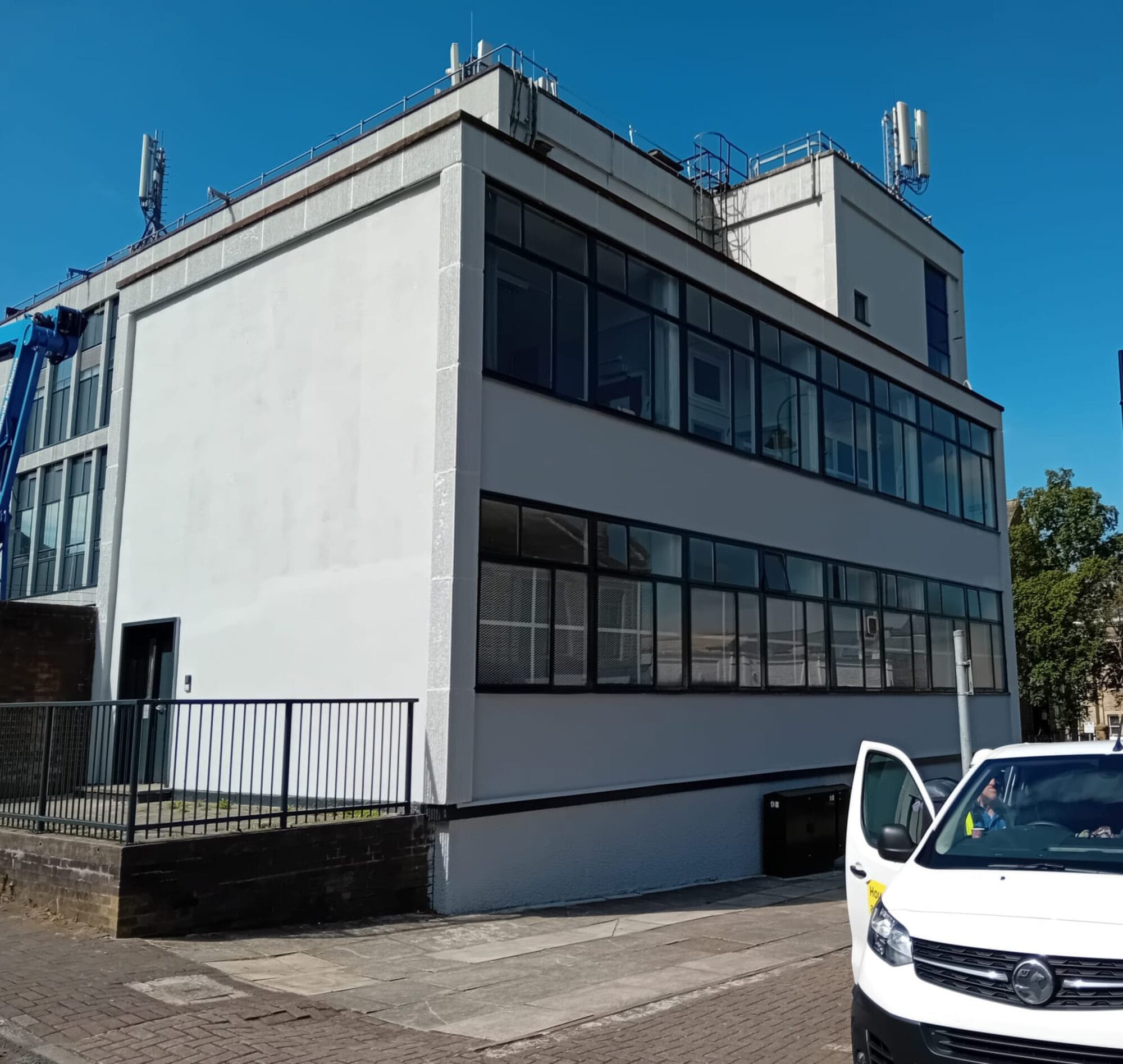
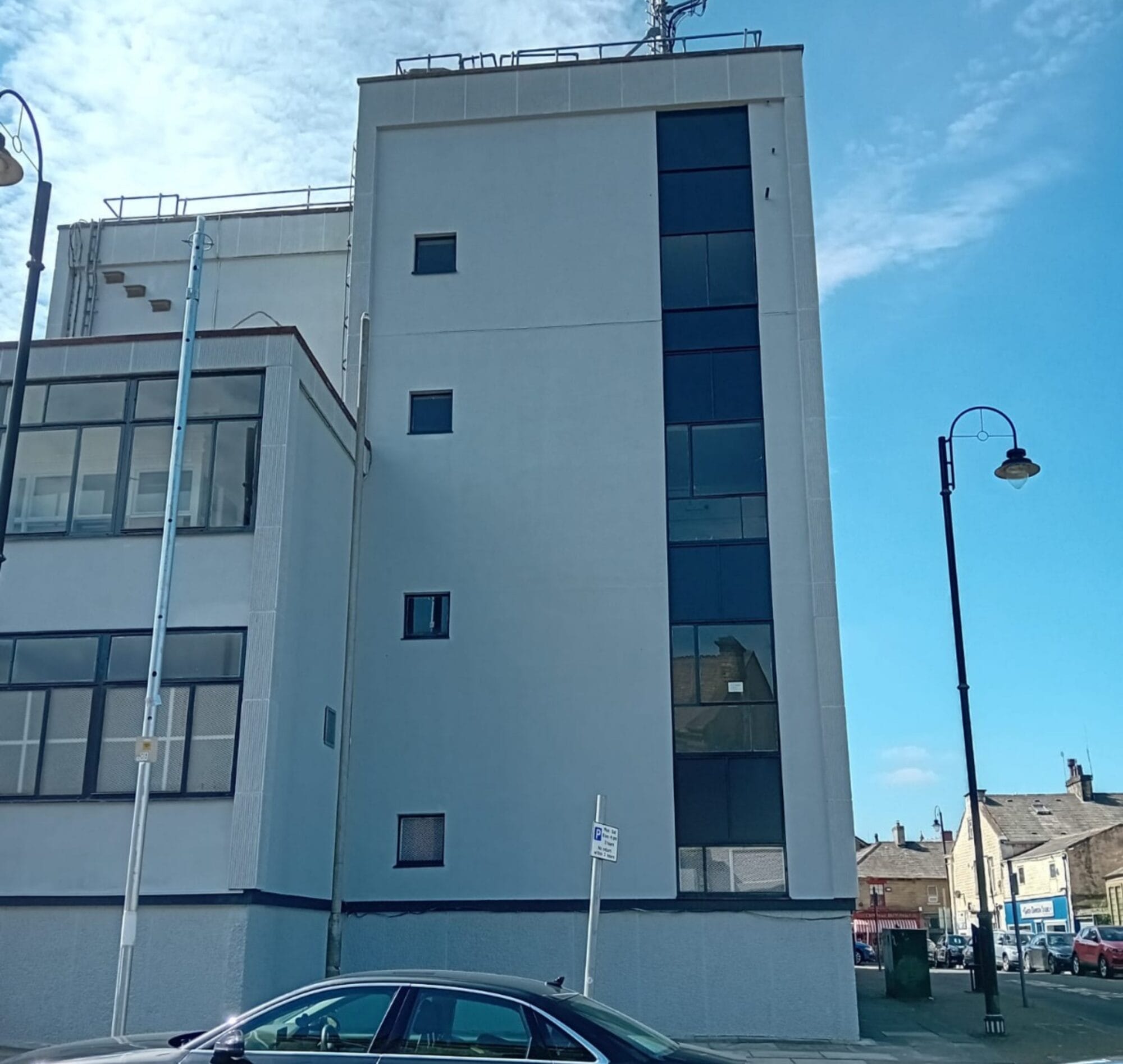
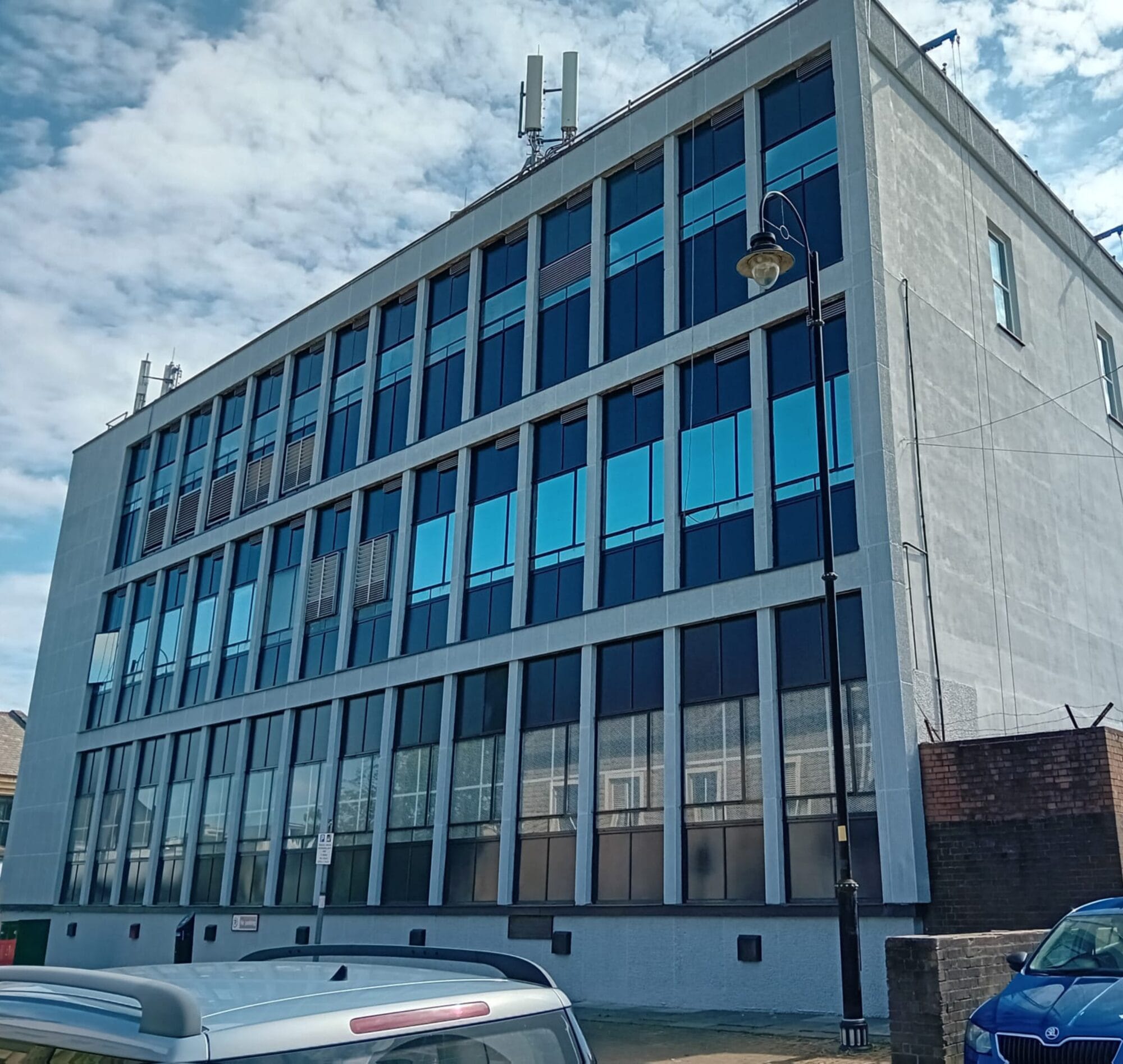
To date, 13 projects have been successfully delivered under BT’s nationwide maintenance initiative. These works consistently involved comprehensive concrete repairs, the application of 2,871m² of Ferrogard and 4,735m² of anti-carbonation coatings, along with full external redecoration. Some of the additional project works focused on brick stitching, while others were aimed at improving overall wall stability.
BT Hoyland
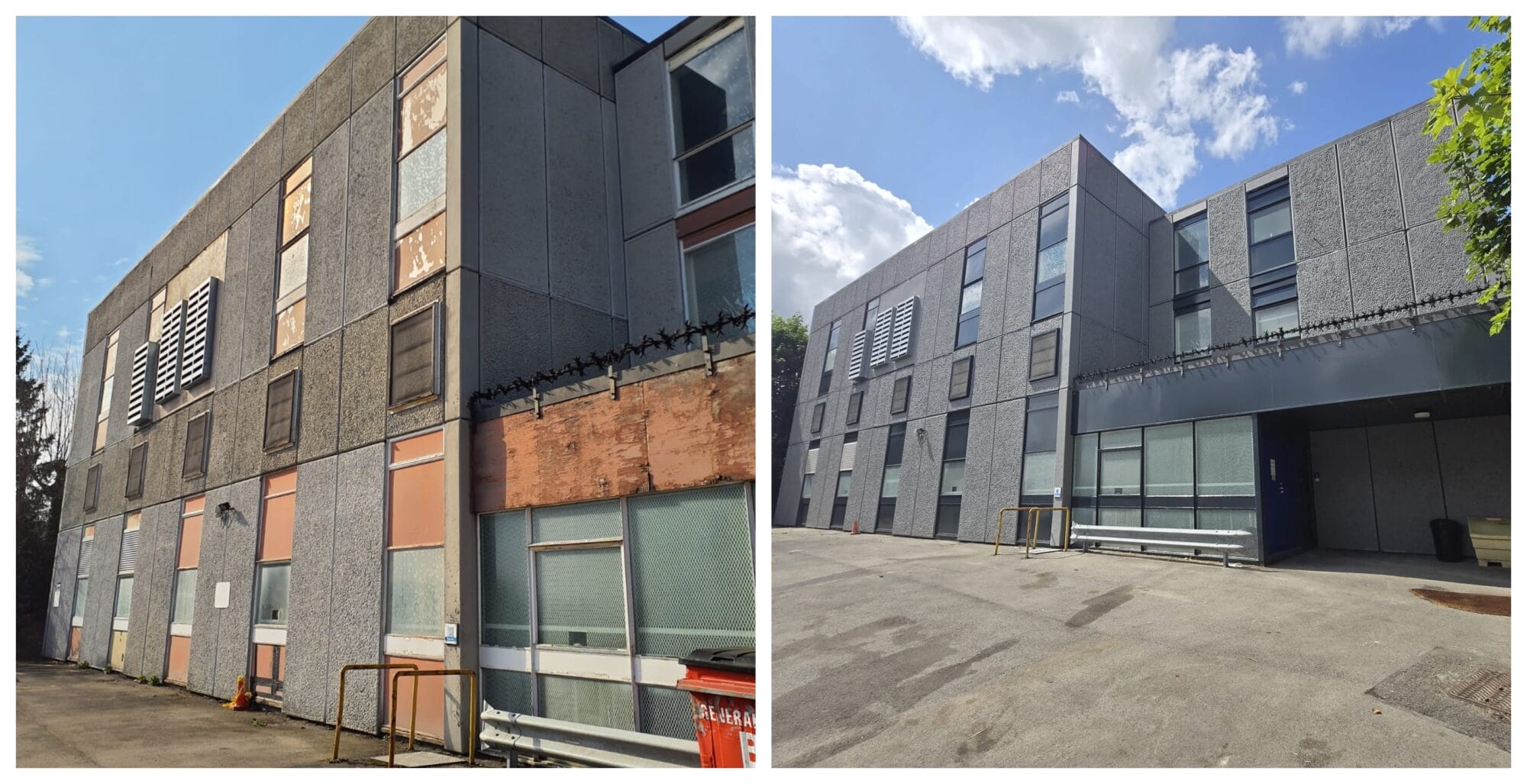
BT Bognor Regis
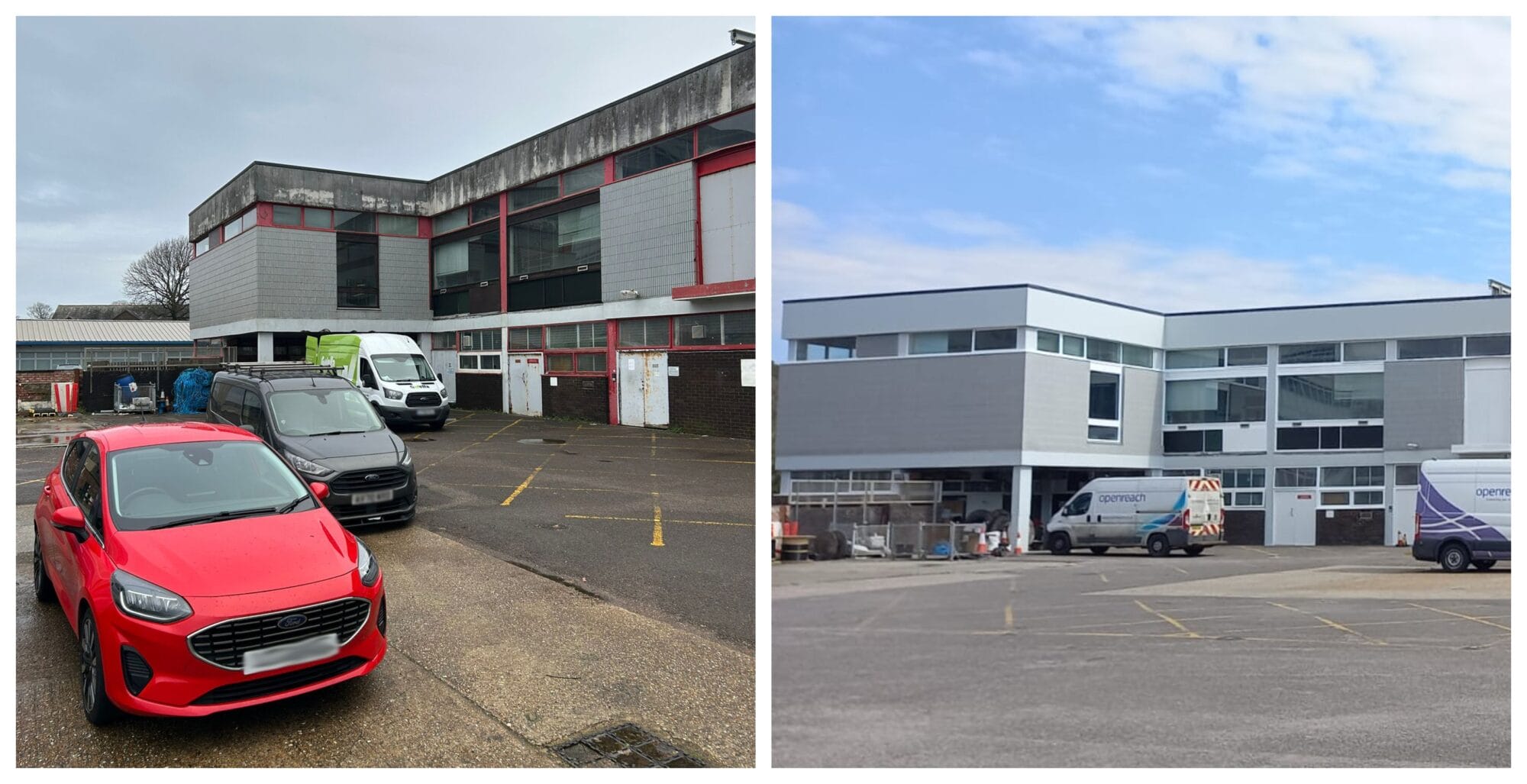
BT Newhaven

BT Failsworth
